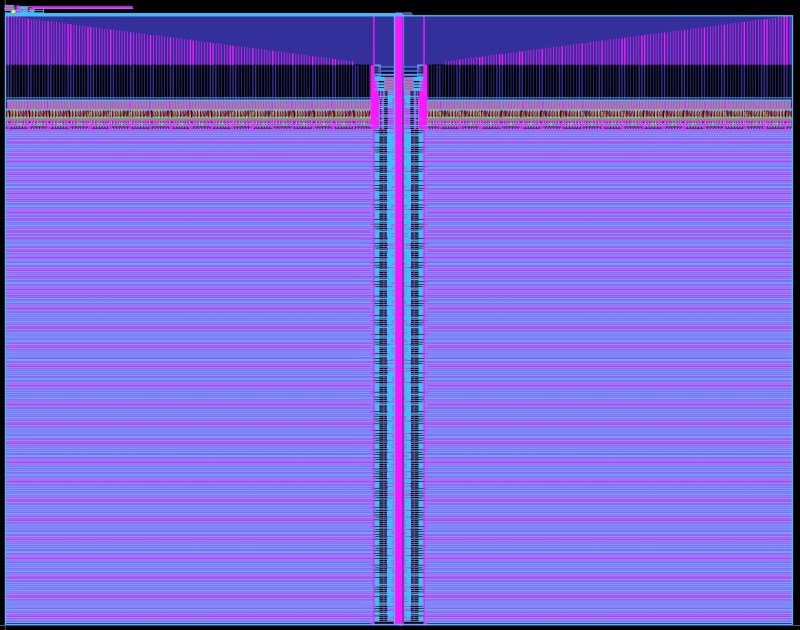The odds are that if you’ve heard about application-specific integrated circuits (ASICs) at all, it’s in the context of cryptocurrency mining. For some currencies, the only way to efficiently mine them anymore is to build computers so single-purposed they can’t do anything else. But an ASIC is a handy tool to develop for plenty of embedded applications where efficiency is a key design goal. Building integrated circuits isn’t particularly straightforward or open, though, so you’ll need some tools to develop them such as OpenRAM.
Designing the working memory of a purpose-built computing system is a surprisingly complex task which OpenRAM seeks to demystify a bit. Built in Python, it can help a designer handle routing models, power modeling, timing, and plenty of other considerations when building static RAM modules within integrated circuits. Other tools for taking care of this step of IC design are proprietary, so this is one step on the way to a completely open toolchain that anyone can use to start building their own ASIC.
This tool is relatively new and while we mentioned it briefly in an article back in February, it’s worth taking a look at for anyone who needs more than something like an FPGA might offer and who also wants to use an open-source tool. Be sure to take a look at the project’s GitHub page for more detailed information as well. There are open-source toolchains if you plan on sticking with your FPGA of choice, though.

















Nice! SRAM compilers are a huge deal.
Now we need some DFT tools, scan insertion, drc checking, ATPG, compression, etc.
C’mon …. ASICs have been around for several decades and have been used in thousands of applications long before crypto showed up.
Including pretty much every piece of networking gear manufactured by Cisco and its contemporaries.
That’s how it is when ignorant people write articles and think the readers are just like them.
Why do you have to be mean? The first time I heard of ASICs is with Cisco routers in the 90s, but I’m also old. Maybe it is possible that someone has only heard of ASICs in the context of crypto, and that doesn’t imply ignorance. Not being able to see things from others perspectives, now that is ignorant.
There’s no need to be mean… Some years ago I would have thought that ASICs was just a shoes brand… Now I work at a multinational company as an ASIC design engineer… Just don’t be mean
A couple of decades ago there was a bumper sticker here in Silicon Valley that showed a California license plate “FPGA2ASIC” and had a phone number. Didn’t need more than that to tell the target market what you did. If it wasn’t immediately obvious what they did, you weren’t the target market :-)
(I forget if it was on 237 or 101.)